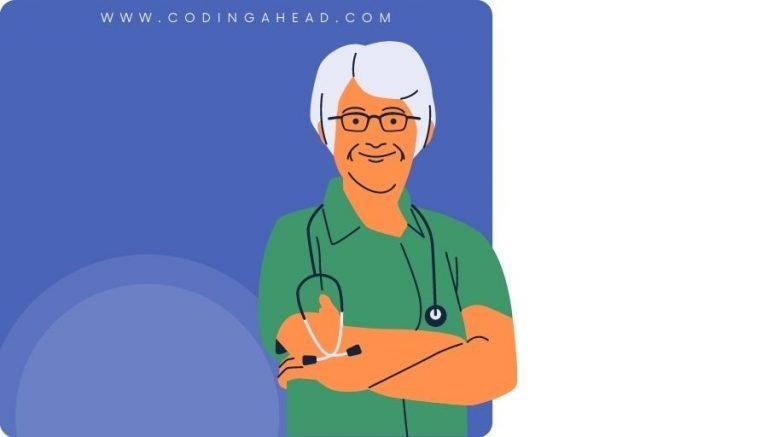How To Use CPT Code 44376
CPT 44376 describes the procedure of small intestinal endoscopy, specifically enteroscopy beyond the second portion of the duodenum. This article will cover the description, official description, procedure, qualifying circumstances, appropriate usage, documentation requirements, billing guidelines, historical information and billing examples.
1. What is CPT Code 44376?
CPT 44376 is used to describe a diagnostic procedure in which a healthcare provider visually examines the upper gastrointestinal tract using a lighted endoscope. This procedure involves examining the entire upper digestive tract, from the esophagus to the ileum, which is the third and last part of the small intestine. During the procedure, the provider may collect specimens by brushing or washing the mucosa for further examination in the pathology laboratory.
2. Official Description
The official description of CPT code 44376 is: ‘Small intestinal endoscopy, enteroscopy beyond second portion of duodenum, including ileum; diagnostic, with or without collection of specimen(s) by brushing or washing (separate procedure).’ It is important to note that CPT code 44376 should not be reported in conjunction with codes 44360, 44361, 44363, 44364, 44365, 44366, 44369, 44370, 44372, or 44373.
3. Procedure
- The patient is taken to the operating room and positioned on the surgical table lying on their back.
- The healthcare provider sprays the patient’s mouth and throat with a local anesthetic to numb the area and reduce the gag reflex.
- A plastic mouthpiece, or bite block, is placed to keep the patient’s mouth open.
- The provider inserts a thin, flexible fiberoptic endoscope through the mouthpiece and advances it through the esophagus and towards the stomach.
- Under direct vision from a small camera on the endoscope, the provider guides the scope through the stomach and into the first portion of the small bowel, known as the duodenum.
- The provider examines the mucosal lining of the esophagus, stomach, duodenum, jejunum, and ileum for any physical malformation or distortion.
- If any suspicious findings are observed, the provider may collect specimens by passing a brush or instilling warm water and suctioning it out through the endoscope.
- The collected specimens are sent to the pathology laboratory for histopathologic examination.
- The provider withdraws the scope, reexamining each part of the upper digestive tract on the way out.
- After a short recovery period, the patient is released.



